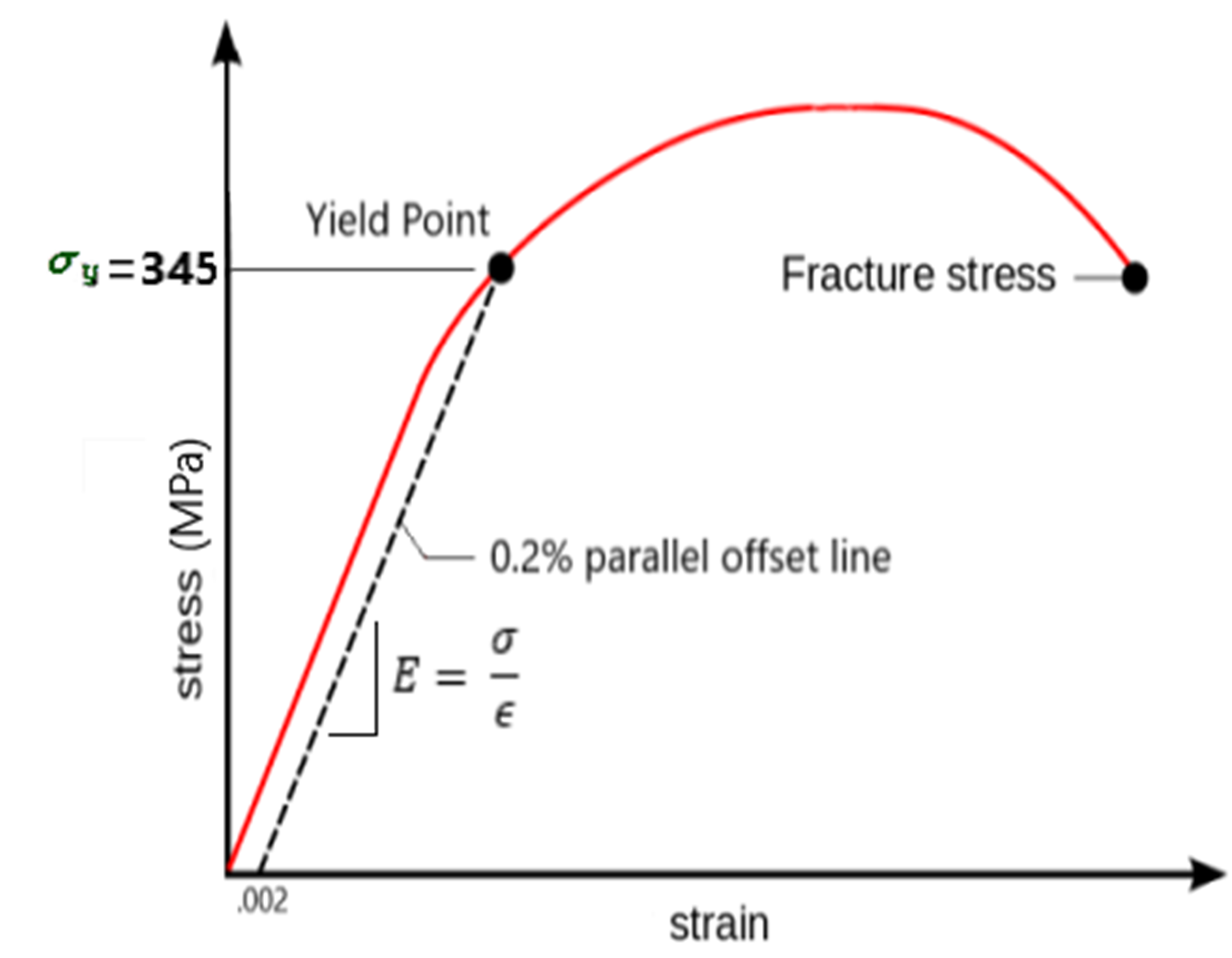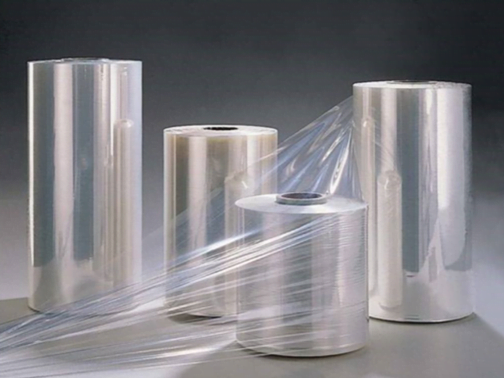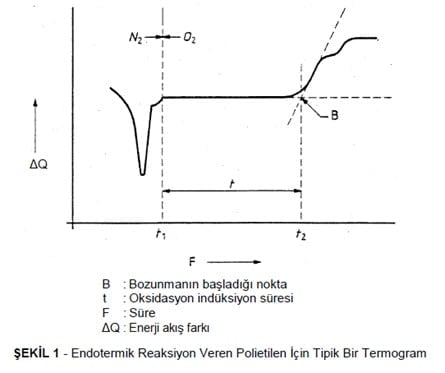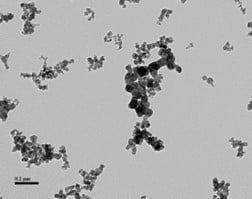Plastic
Plastics are synthetic or semi-synthetic polymer substances formed by carbon (C), hydrogen (H), nitrogen (N), oxygen (O), and other organic or inorganic substances. Plastics are solid at room temperature. They are easy to shape by mechanical or chemical means.
The development of plastic started with the use of natural materials (gum, shellac, etc.) with plastic-like properties found in nature. This was followed by chemically modified natural materials (rubber, nitrocellulose, galalite, etc.). The plastics industry started with a material called celluloid, which Alexander Parkes patented in 1869. The world’s first fully synthetic plastic was Bakelite, invented by Leo Hendrik Beakeland in 1907. Bakelite is a hard, dark plastic and is used in many areas, such as whistles, buttons, clocks, pot handles, jewelry, and cameras.
Plastics are widely used for many reasons such as being easy to form, cheap to produce, fast and easy. The vast majority of plastics are produced by distillation from fossil fuel-based petrochemicals. In addition, the latest methods enable the production of plastics from renewable materials such as corn or cotton.
Plastic Industry
Plastics are used intensively in every field that comes to mind, such as the packaging industry, white goods, automotives, textiles, electronics, and medicine. The rapid growth of the plastics industry is inevitable thanks to this intensive use.
The manufacturing industry of plastic and rubber products ranks eighth out of 23 sectors in terms of total employment in the manufacturing industry.
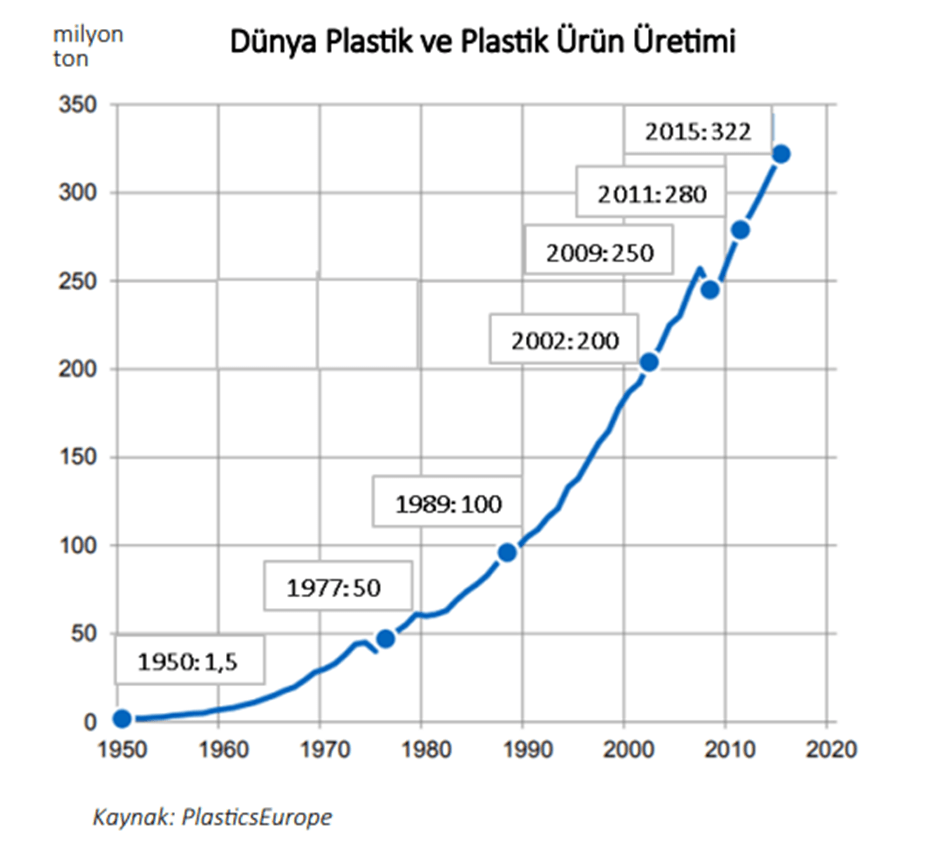
The demand for plastic in the world increased in the 1970s. While plastic production was 1.5 tons per year in the 1950s, it saw 50 million tons in the mid-1970s. After this point, plastic production, which started to increase continuously, reached 200 million tons in the 2000s. Of the 335 tons of plastic produced in 2016, 25% was produced by China, 21% by Europe, 20% by NAFTA countries, and 16% by Asian countries excluding China. [1]
Our country had a share of 2.7% in the global market with 8.6 million tons of plastic production in 2015. Place sixth in the world and second in Europe.
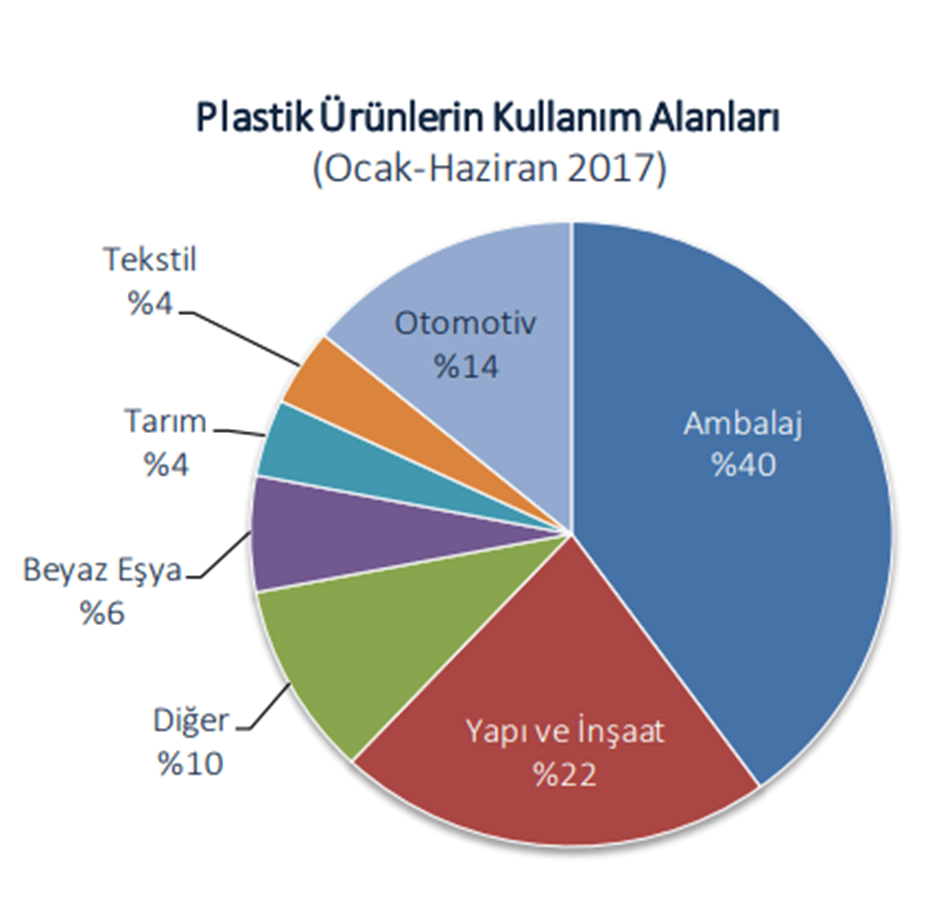
In 2017, 40% of the plastics produced in our country were used in packaging production. This is followed by construction and construction, with a share of 22%. A significant part of the plastic produced in our country is consumed in the domestic market.[2]
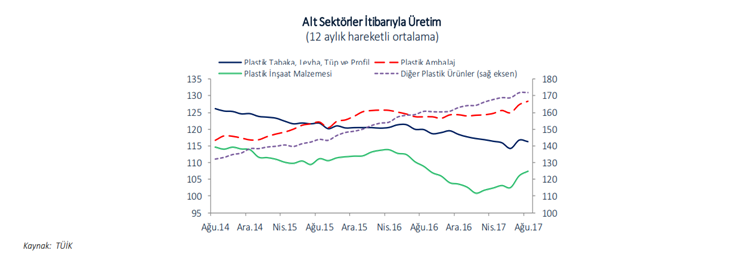
In the last 5 years, plastic production has reached record levels in terms of both quantity and value:
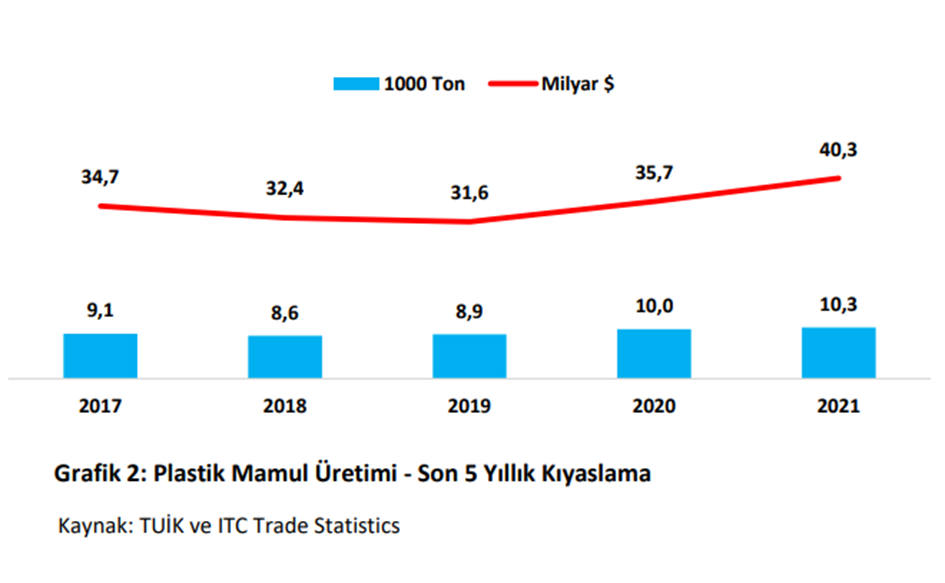
Quality Control in Plastic
Before the quality control units were added to the plastics factories, the suitability and quality of the plastic used was unknown. For this reason, the quality of the products produced was quite low. The lack of quality control has led to the introduction of defective, erroneous, perishable, and health-related products and has shown the importance of quality control. Today, there are quality control laboratories in plastic factories.
Plastics are inevitably used in all areas of our lives. The properties of the plastics used are quite different from product to product. An undesirable feature in the plastic of one product may be a mandatory feature in another product. Therefore, quality control is very important in terms of meeting customer expectations.
Plastics Industry in Pandemic
Although the COVID-19 epidemic, which showed its effects throughout the world in 2020, negatively affected the sector in April and May of that year, the need for disposable plastics caused by the pandemic allowed the sector to continue to grow. During the pandemic period, the sector provided intensive production for medical products, food packaging, and hygiene sectors.
Belgium has classified the entire plastics industry as a “vital sector”. However, France, Germany, Italy, Portugal, and Spain have classified some branches of the sector as “vital sectors”. While Greece encouraged the use of plastic bags in shopping to fight the epidemic, there was an explosion in demand for disposable packaging in Lithuania.
During the epidemic in our country, as in the whole world, there has been a significant increase in demand in packaging and medical fields. The spread of package services and online shopping has also accelerated the sector in these areas. However, the plastic construction materials industry also experienced a significant decline and lagged even further behind in 2019.
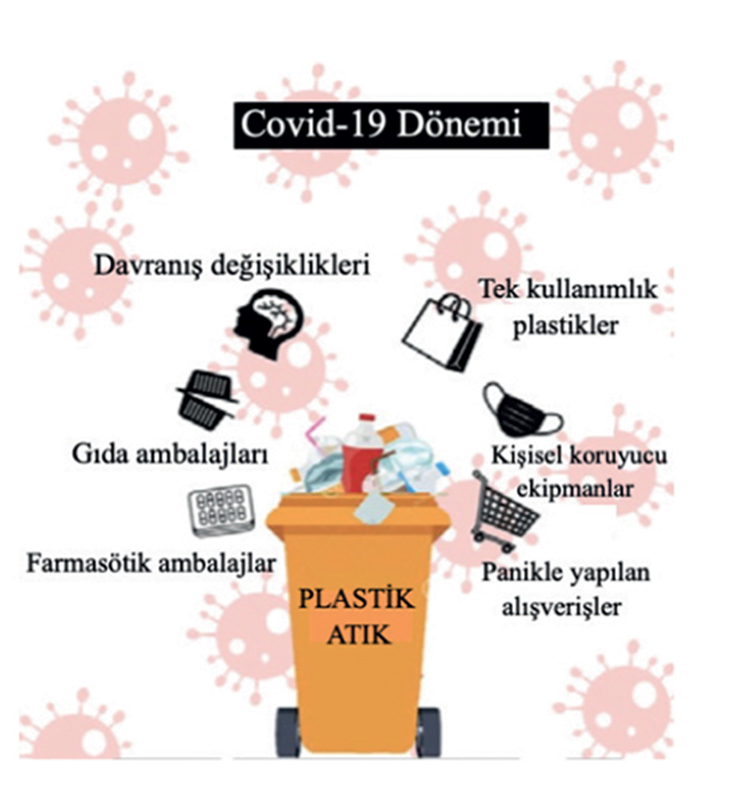
The increasing use of plastic during the pandemic has drawn attention to the problem of plastic waste.
Recyling in Plastic
Plastics do not dissolve, degrade, rust or rot in nature. They only break down over time and continue to exist as waste in the form of microplastic, the smallest form of plastic. Although the use of plastic makes our daily life much easier, it is impossible to ignore the effects of pollution that it will cause in the long run. The plastic waste that we have begun to see in the natural life of our seas and microplastics in sea creatures have compelled the plastics industry to take steps towards recycling.
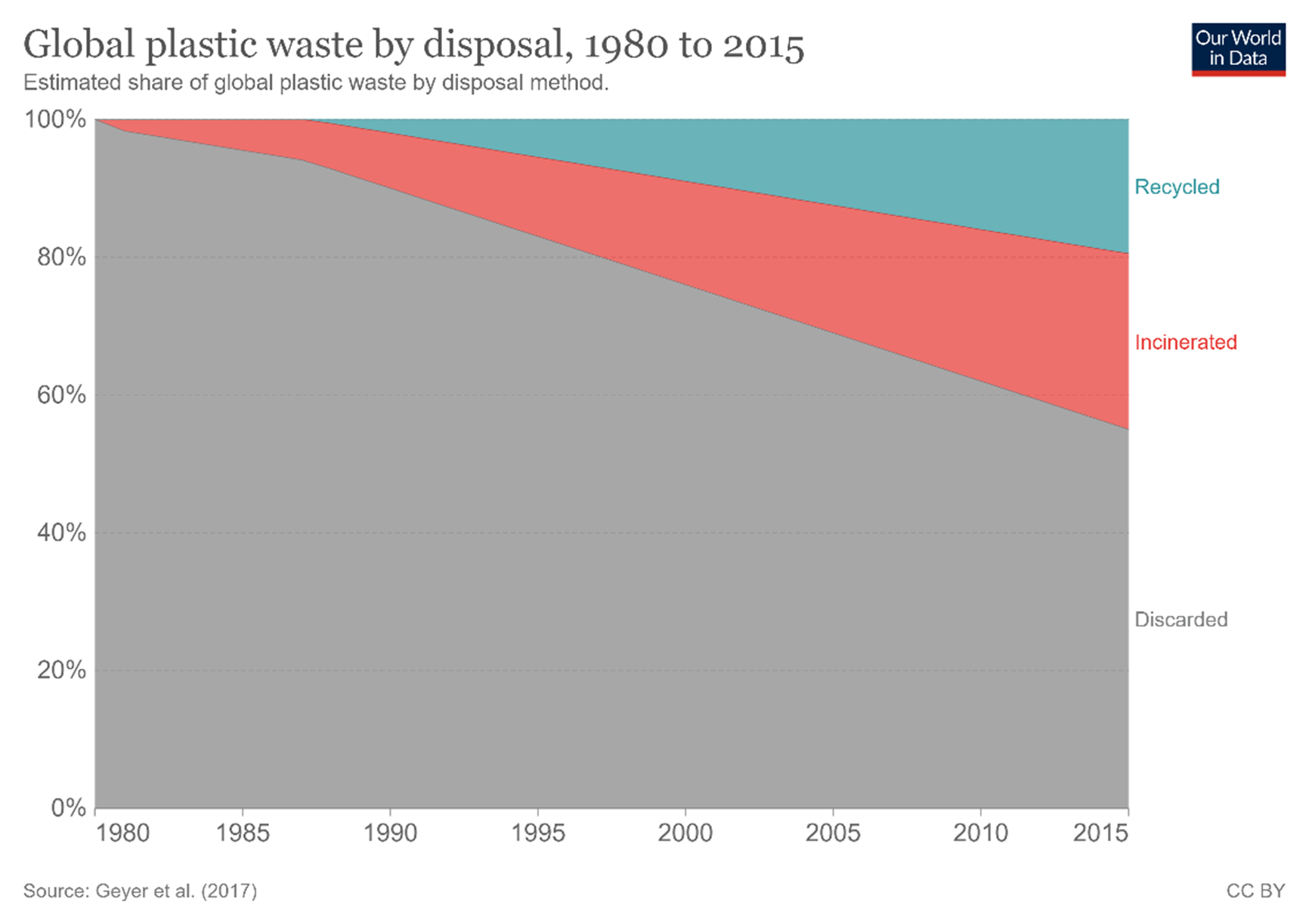
As seen in the graph, although all of the plastics produced in 1980 were left to nature as waste, 25% of them were burned and 20% recycled in 2015. Based on this graph, it can be predicted that the incineration rate will increase to 50% and the recycling rate to 44% by 2050. [3]
In the recycling stage, plastics are classified according to their types and broken into small pieces. These parts can be added as raw materials and reused, or they can be used directly in 100% recycling. These plastics, which are divided into small pieces, are melted and made suitable for recycling. At this stage, MFI melt flow devices can be used to determine the melt flow characterization of the plastic.
With the recycling of 1 ton of plastic;
- 5774 kWh of energy is saved,
- 41 tons of greenhouse gas emissions are reduced,
- 23 m³ storage area is gained. [4]
References:
- [1] – https://pagev.org/upload/files/Hammadde%20Yeni%20Tebli%c4%9f%20Bilg.%203/D%c3%bcnya%20Plastik%20Sekt%c3%b6r%20Raporu%202016.pdf
- [2] – https://ekonomi.isbank.com.tr/ContentManagement/Documents/sr201711_plastiksektoru.pdf
- [3] – https://ourworldindata.org/plastic-pollution?utm_source=newsletter
- [4] – https://sifiratik.gov.tr/plastik-atik

